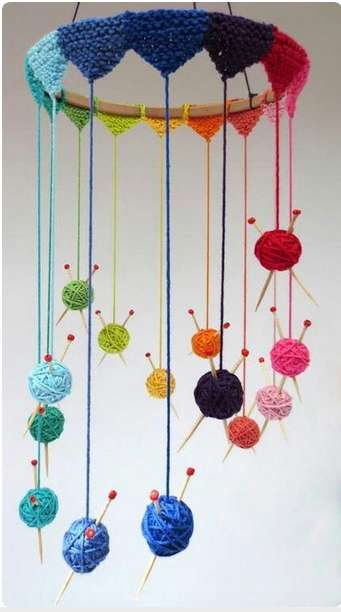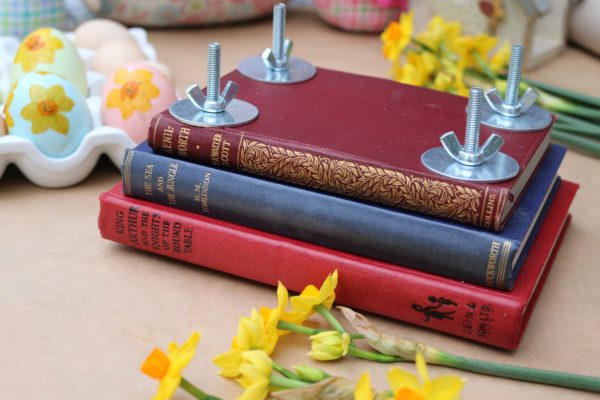 I will admit I like the idea of wind chimes but not such a fan of the noise they make for long periods of time. I think they are super creative and pretty. But I think this “wind chime” made of mini balls of yarn and tiny knitting needles is the perfect one for me. Pop on over to the blog Bored Art for tons of wind chime ideas most made from recycled materials.
I will admit I like the idea of wind chimes but not such a fan of the noise they make for long periods of time. I think they are super creative and pretty. But I think this “wind chime” made of mini balls of yarn and tiny knitting needles is the perfect one for me. Pop on over to the blog Bored Art for tons of wind chime ideas most made from recycled materials.
